With the new year comes yet more changes for today’s breeding climate.
After significant overall drops in the number of foals registered with the American Quarter Horse Association over the past decade, the association recorded a slight uptick in breeding in its 2016 annual report.
Stallion managers are hopeful that the fact that there were 2,215 more foals registered with the AQHA in 2016 than there were in 2015, indicates efforts to scrutinize their breeding programs have had an impact.
“I think when the economy was certainly very poor, people really took a hard look at raising average horses so a lot of the casual breeders got out of the business,” said Debbi Trubee, who, along with partner Roger Landis, manages four stallions at her North Farm in North Lawrence, Ohio.
Amy Gumz of Gumz Farms located in Morganfield, Kentucky said today’s breeding industry is much tighter and far more selective than it has been in the past.
“The showing and breeding goes hand in hand,” she explained. “It all goes back to the catch-22 question that everybody talks about – ‘How do we get more people back in to the industry and how do we get more people back into showing,’ because that’s ultimately what is going to drive that need.”
Incentives
Since the American Quarter Horse Association Stallion Incentive Fund has now been phased out, stallion managers and owners are looking to other programs – like the American Paint Horse Association Breeders Trust; National Snaffle Bit Association’s Stallion Incentive Program and Breeders Championship Futurity programs; the The Tom Powers Breeders Trust; the Southern Belle Breeders program; the Western Pleasure Super Sires; the Premier Quarter and Paint Sires to pump value into their stallions’ breeding programs.
“We feel like the new futurities are headed in the right direction by having the maiden and the novice classes for young horses,” stallion managers Gene and Shannon Parker of Parker Farms located in Orrum, North Carolina said. “These futurities offer yearling sale entry classes for foals to return and compete in a 2-year-old incentive sale class, as well as the other classes.”
Currently, the Tom Powers Futurity, the National Snaffle Bit Association, All American Quarter Horse Congress and the American Paint Horse Association all have yearling sales and incentive classes for these young prospects.
And, of course, the constant advancements in breeding technologies and practices continue to have an impact on the number of mare owners who breed.
Andrea Simons owned leading APHA stallion Zippos Sensation until his death in 2016 and stood him at her family’s facility, Simons Show Horses, Aubrey, Texas. She said advancements in breeding have always had a positive impact on the industry.
“Technology has made it easier to breed and easier to keep mares reproductively sound,” she said. “Transported semen has changed our industry more than anything. It’s a lot easier for people that live very far away to breed to a top stud which was difficult before.”
The Economy & Customer Service …
But when the economy suffers a major blow like it did during the global financial crisis that started in 2007-2008, it takes a committed individual to weather the storm.
“It can be difficult for stallion owners to have the patience and funds to ‘stay hooked’ while gambling on their stallion,” Mike Hay, owner and breeding manager of Pilot Knob Quarter Horses, located in Pinnacle, North Carolina said. “Today’s breeding industry is just like today’s horse industry overall, there’s not much market for the middle and lower quality horse and not much for the same quality of stallion.”
From a business perspective, one of the most important aspects of a breeding program reflects upon client interaction.
“We, as a breeding farm, take pride in our return business,” Hay said.
Libby Trucco, of Wilmington, Ohio, owns AQHA sire Repeated In Red. She said mare care and customer service are extremely important in the success of a breeding stallion.
“I have always believed that it is the mare owners who make the breeding industry,” she said. “As a stallion owner, you must treat each and every mare owner with respect, courtesy, and most of all honesty.”
Kim Dean, of Whitesboro, Texas, has been managing AQHA stallions for decades now. She is currently the breeding manager for Rodrock Ranches, owner of Certain Potential, Huntin For Chocolate and Only In The Moonlite. Dean agrees that customer service is paramount to a successful program.
“You must always go the extra mile to make sure the mare owner is happy,” she said. “The most important way to be successful is to give great customer service to each and every breeder, no matter if they are breeding their Congress Champion or to a mare that has never been shown before. I spend as much time with the prospective breeder as they need to help them make a good decision on which mare to breed to the stallion of their choice.”
Robin DeGraff, of DeGraff stables, located in Port Clinton, Ohio agrees and says it’s important to remember that just because a mare has not been able to get to the show pen herself, does not mean that she’s not a good producer.
“The ability to perform requires so many factors, genetically and conformation wise.” she explained. “We don’t ever want anyone to think, that just because we are not offering big discounts for a mare that doesn’t have a show record, that we don’t think she is capable.”
Key Components
So, what dictates a horse’s potential to become a prominent breeding stallion?
For Amy Gumz, it was almost instinctive when she first set eyes on Its A Southern Thing, the 2010 bay stallion sired by Only In The Moonlite and out of Shesa Hot Cookie known as “Moon Pie.”
“Frankly, I really wasn’t interested in having another stallion of my own, I hadn’t had one in years and just concentrated on marketing and managing stallions owned by others,” Gumz said. “When this colt was born, I thought he had the dam line, too often overlooked, to be a stallion and he certainly physically represented what I thought our industry was lacking. He was something that I myself as a breeder was looking for to cross on my broodmare group.”
Libby Trucco also recalls her first encounter with the 2003 stallion, Repeated In Red.
“As an AQHA exhibitor, I was always on the lookout for the perfect addition to my string of show horses,” she said. “During one of my trips searching for my next non-pro prospect, I saw this amazing weanling colt. He was made perfectly, he was gorgeous, he was strikingly handsome and he had the bloodlines that spoke volumes to me, in addition to making a great cross on my mares at home. It was two years later, while in Mississippi, that I saw him show and the rest is history.”
Robin DeGraff considers the key component of having a successful stallion within the breeding industry to be a function of time.
“You can have a first-year stallion and it might have won everything, but you have to prove that he can produce,” she said. “With the pleasure horse industry, it often takes five years to get a baby to the show pen. You find the crosses that are working and then you try to keep perpetuating those,” she said. “That is when you have a successful sire and are able to find those niches with your stallion.”
New To The Game
“In promoting a new young stallion, it is great if the horse has a solid show record and has won some major shows, as Gone Viral has done,” Parker said. “With a young stallion, we want to breed him to proven mares or mares that have produced offspring that have gone on to win.”
Trubee agrees that a show record is crucial to promoting a young stallion.
“In today’s market, it is almost impossible to promote a stallion that has not had a successful show career,” she said. “Depending upon their success in the show arena, new and upcoming stallions get an automatic hand up in choosing from some of the best mares to breed.”
Changing Focus
Then, after the first resulting foals start to hit the ground the breeders re-access.
“After the first crop of babies hit the ground, then people start to step back and look at the product,” Trubee explained. “At some point, the stallion’s success in the show arena no longer is what anybody is going to talk about – it’s going to be the success of the foals.”
But while a successful show record is a great way to market a young and upcoming stallion, that does not always translate to successful offspring.
“Great show records do not ensure great breeding horses and a great breeding horse does not have to be a great show horse,” Hay said. “A stallion’s show record, or lack of one, becomes unimportant if he consistently produces high quality.”
Simons said before deciding to stand a stallion many things should be considered.
“He has to be well bred, structurally sound and very attractive with a lot of presence and eye appeal,” she said. “Ideally, you breed a few of your own mares to him, you advertise him to the public, keep his stud fee low and try to get them (foals) on the ground.”
Managing The Book
Dale Livingston, of Boerne, Texas, has been managing Ima Platinum Dream, a 2010 gray AQHA stallion, owned by Platinum Trust since his first year in the breeding shed five years ago. Up until this year he has not been offered to outside mares.
“I’ve always looked at it like, how can I try and produce the best horse for the industry,” Livingston said.
Ima Platinum Dream had, at most 10-13 foals a year during those first years as a sire and while the quality has always been there, Livington said that’s not enough to make a successful sire.
“In fairness to the horse, the quality was there, but you need to have a certain amount of numbers to give a horse a chance at being a great sire,” he explained. “My optimum number is breeding 35-50 mares. I want to keep the numbers limited enough that when they see a good one, it means something.”
At the end of the 2018 breeding season Ima Platinum Dream will return to the show pen.
“He’s got quite a few foals that are showing and showing well, but it kind of helps for people to see a stallion again and he’s really a good horse,” he said.
The Color Component
While Simons no longer has Zippos Sensation, she remains active in the APHA and in the breeding industry. Now she stands double registered AQHA/APHA stallion, Original Cowboy.
She says there are even more challenges facing the breeders of “color” horses.
“The American Paint Horse Association is doing a fabulous job of moving the industry along, but the problem we have is that there is not a clear definition of what a Paint horse is,” she said. “It’s a very blurred line with double registered horses. I think that is the biggest challenge for Paint horse breeders, is that fine line between what you accept as being a color horse and what you accept as being a Quarter Horse with perhaps a birthmark.”
On the other hand, she promotes a double registered horse. “Economically, those who breed to a Paint hope that they will have something with a little bit of white, but not too much, so that it has two venues: it can go to any Quarter Horse show or any Paint Horse show.”
The Power of Promotion
A lot has changed over the past 10 years in terms of promoting a breding horse. The emergence of social media – including Facebook, Twitter and Instagram – have presented new vehicles for stallion owners and managers to reach potential customers. But the mission is still the same.
“A good advertising program can pay for itself,” Parker said. “In addition to nominating our stallions to the major futurities with incentive programs for the offspring, we focus on advertising in major magazines as well as through social media and on our website.”
Lauren Erk, breeding manager at Leeman Farm, located in Massillon, Ohio said social media plays a big role in getting their stallions, including All-Time AQHA Leading Sire Invitation Only, Lazy Loper and How Bout This Cowboy, out before a wider playing field. But it’s not just the stallions they promote. It’s their resulting offspring, as well.
“Social media has definitely helped in getting both our studs and our prospects out across a wider playing field, especially for our European and Australian customers,” she said. “More people can see the potential our studs have, both with Facebook and Instagram, but especially YouTube as well for our sale videos.”
Hay also understands the importance of a strong marketing program in the development of a young sire.
“Pilot Knob has had the privilege to start many young stallions into a successful breeding career,” he said. “Start with an outstanding individual, nominate them to the programs that promote their discipline and have an aggressive owner that will promote them through social media as well as more conventional ways to let the public know what you have to offer.”
In today’s competitive climate it takes all of that, and a dedicated owner, to make a stallion that will stand the test of time.
“Nothing attracts mare owners more than seeing a stallion’s foals winning in the show pen,” Trucco said. “As a stallion owner, it is very important to get his offspring into the right hands that will eventually take them on to be champions. I also believe that promoting these foals in your ads is not only important for your stallion, but is also a nice way to recognize and show appreciation to the owner.”
Money Talks
But you could have a stallion with a show record so long as your arm and an advertising budget to match and still some mare owners are motivated only by the bottom line.
Owners and managers admit that sometimes breeding fees occasionally stand as the sole reason some of the top stallions in the industry are overlooked. That’s why several breeding farms offer booking specials throughout the year that often catch mare owners’ attention.
“If broodmares are proven producers or if they are a big time show mare themselves, we work with clients on giving them discounts,” Erk said. “We also try to work with clients who have multiple mare considerations and repeat breeders, because we do understand that it does add up. The biggest thing that we offer is through the incentive programs, either the stallion auctions or the Congress early booking specials.”
And sometimes, you just need to get creative.
“We try to be inventive and come up with various, unusual ways to market the studs, in an effort to attract new mare owners,” Dean said. “When we owned A Good Machine, we were the ones that originally came up with Black Friday breeding fees, something that has become popular and is now an industry standard with many breeding farms. Our goal is to have the stud fee priced on a talented stallion that makes the mare owner think, ‘How could I not breed to him this year?’”
The bottom line is that every player in the breeding industry is striving to produce high-quality foals that perhaps will someday become Congress, World and futurity champions.
“We are producing the best pleasure horses, the best halter horses, etc.,” Hay said. “These horses are the product of what the public wants. It is what we breed to, and it is what we buy to go show.”



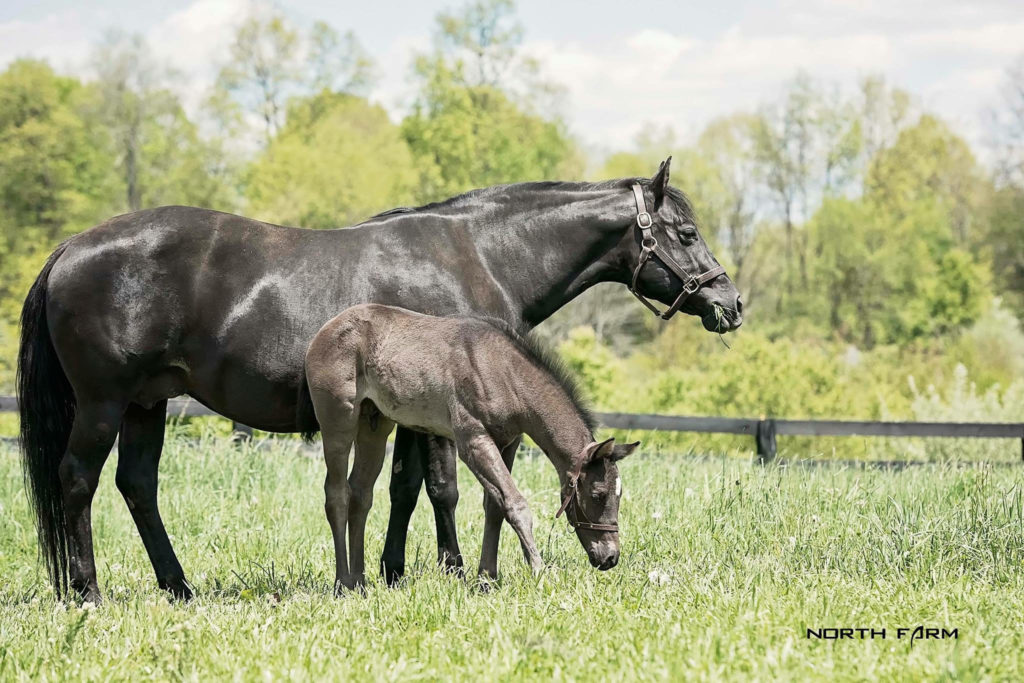
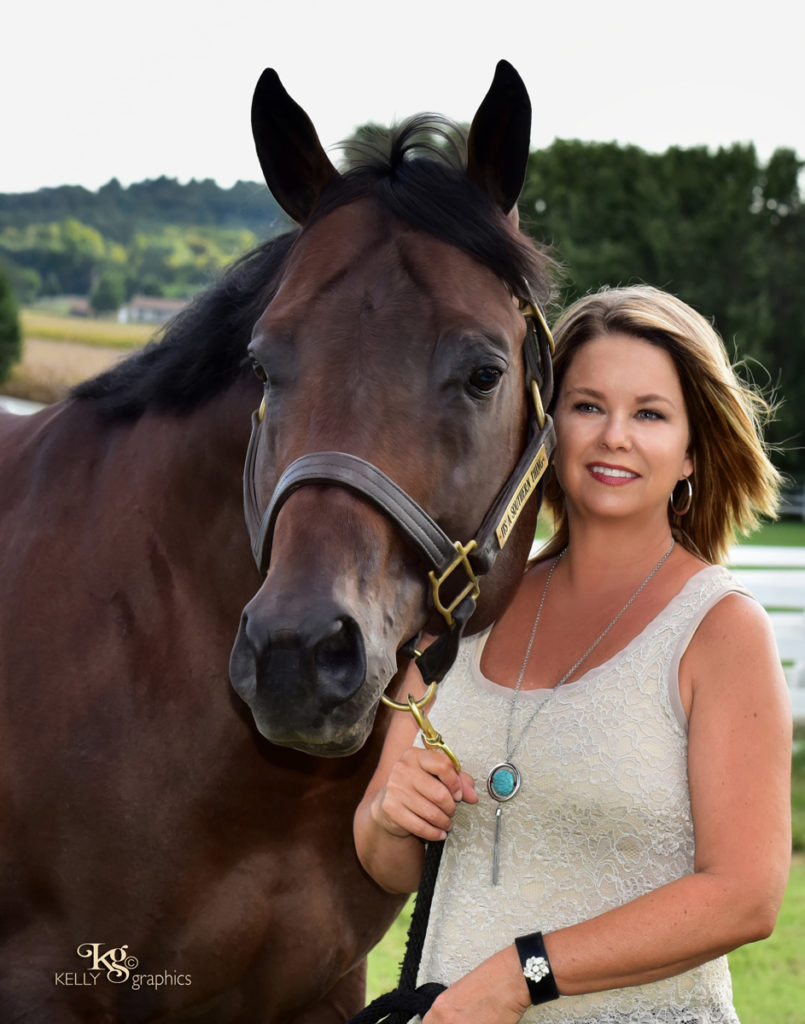
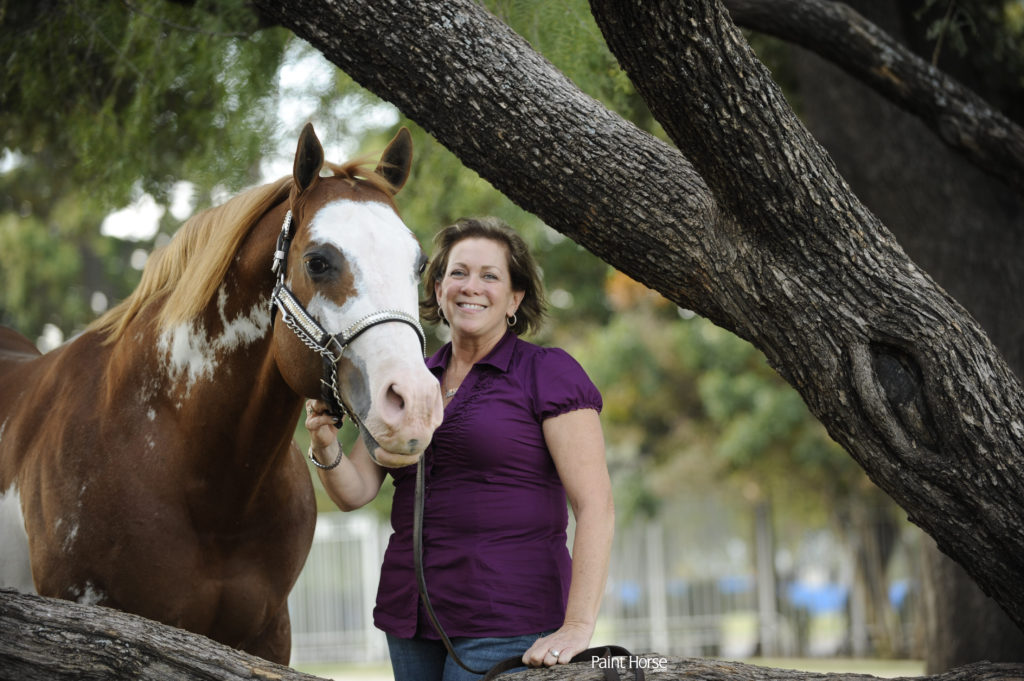
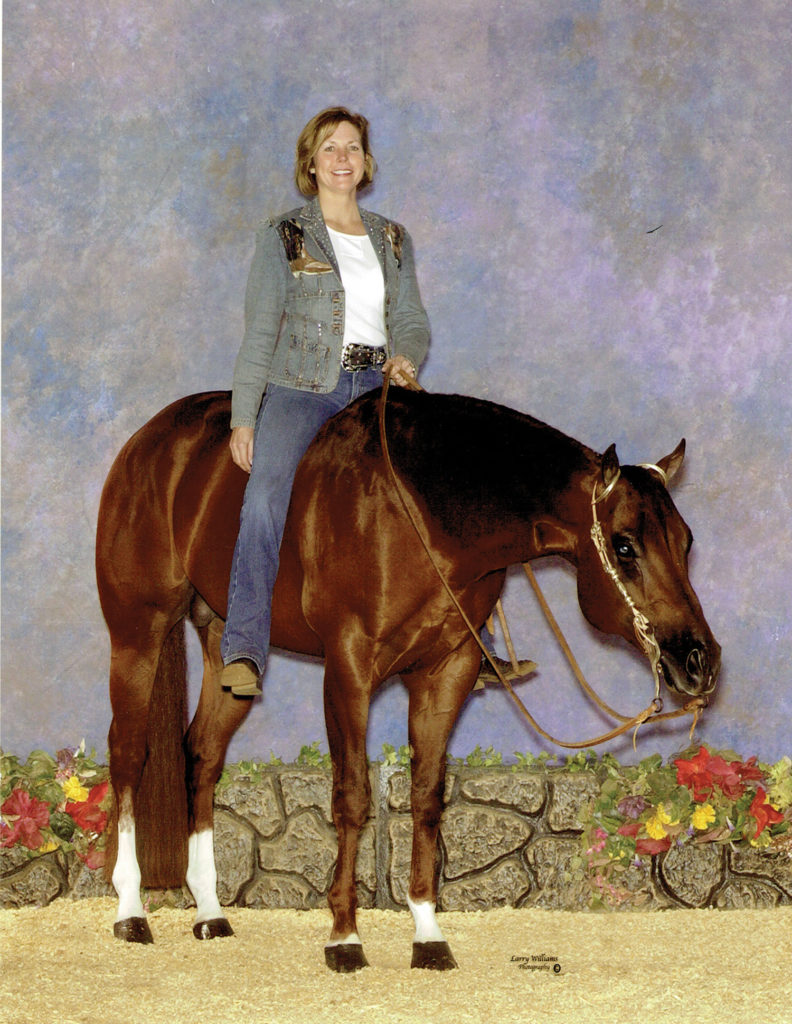
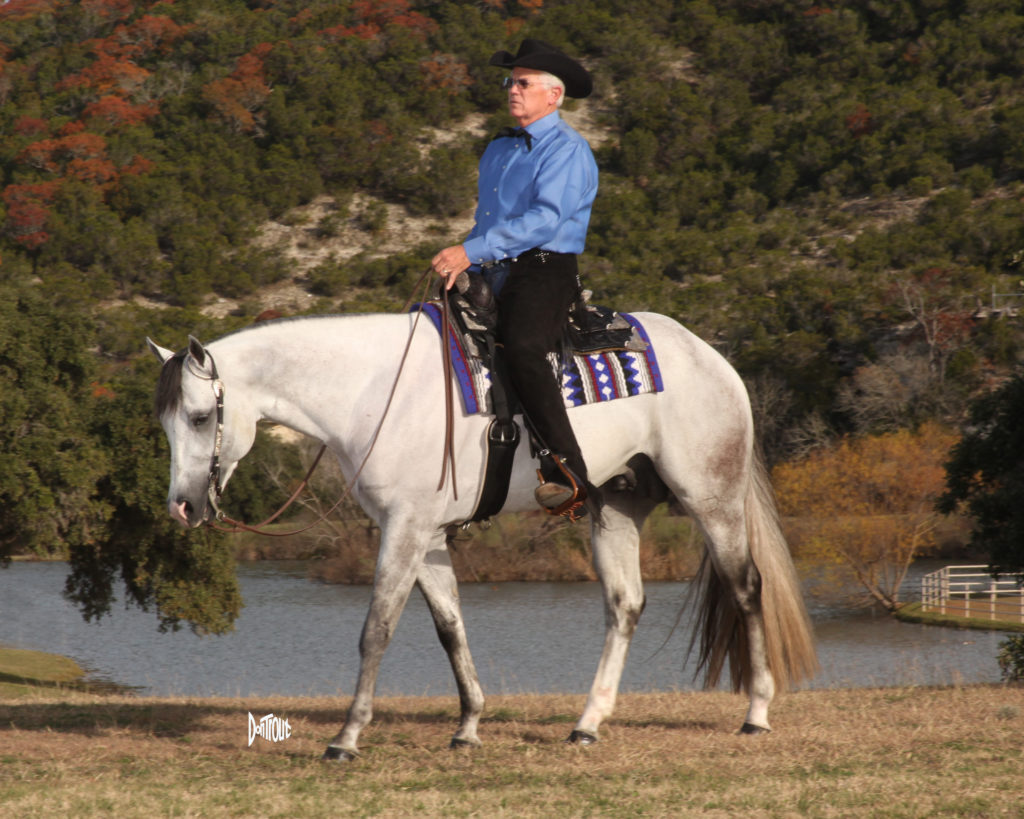

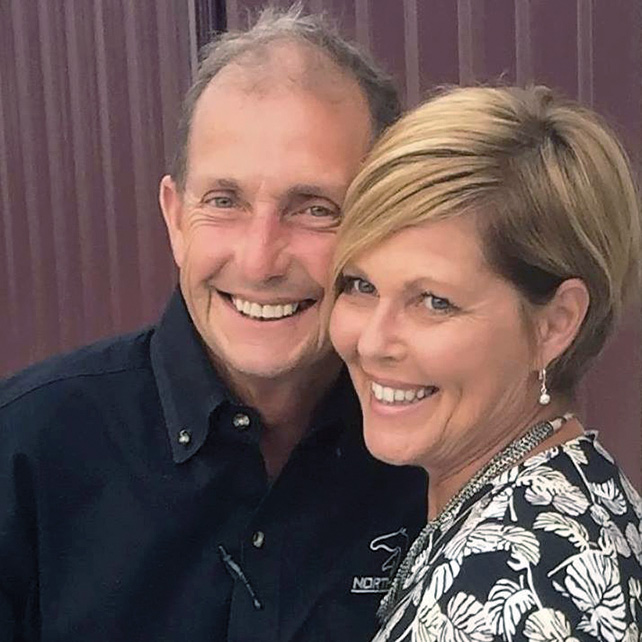
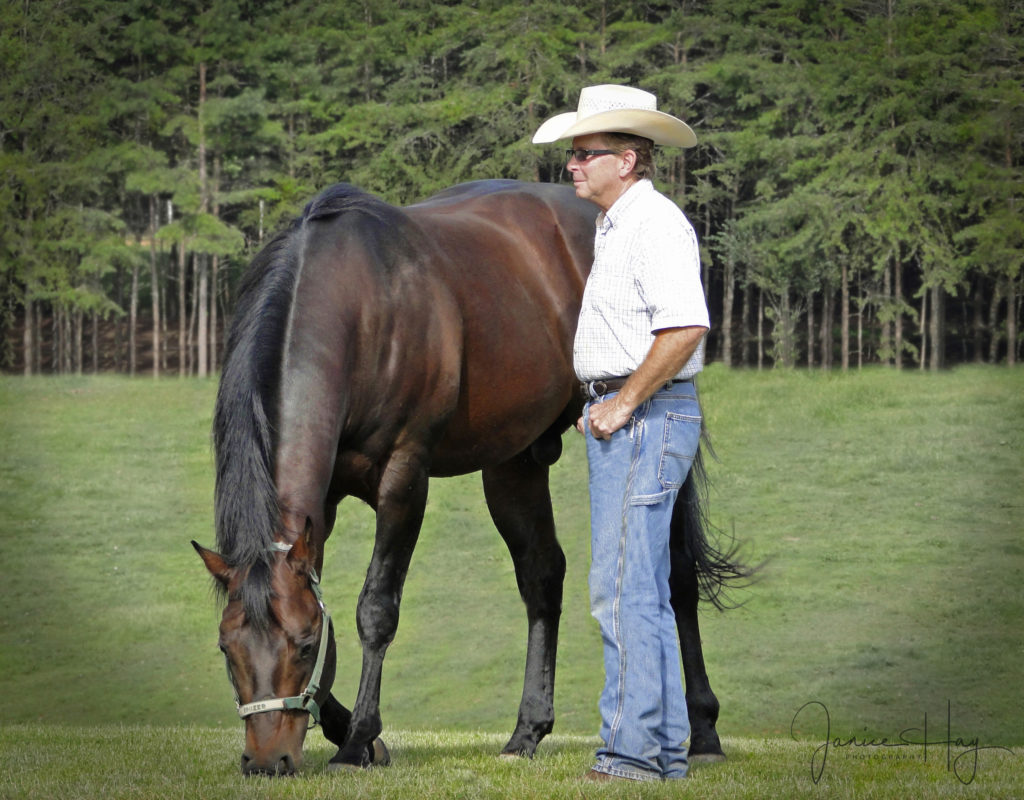
You must be logged in to post a comment Login